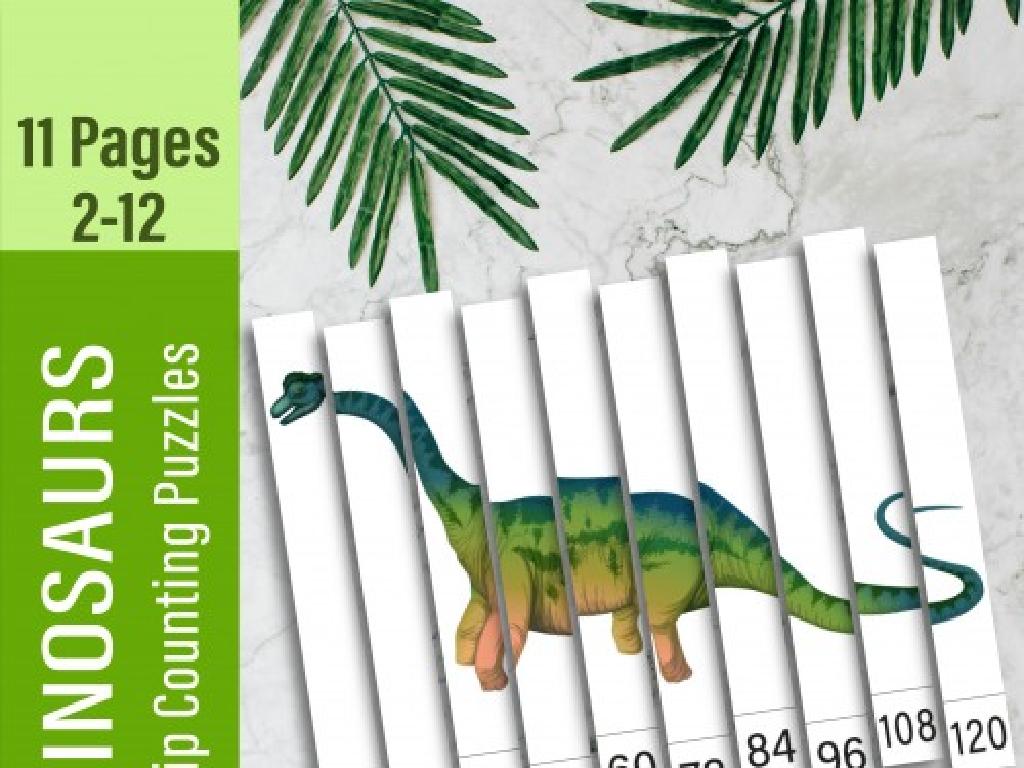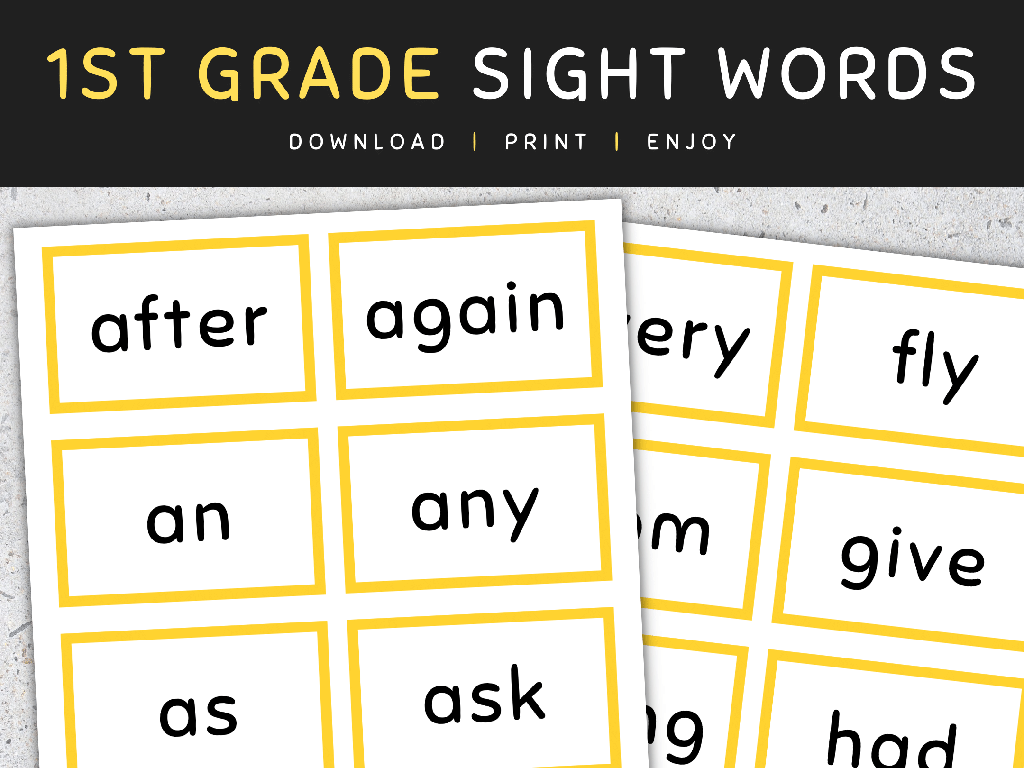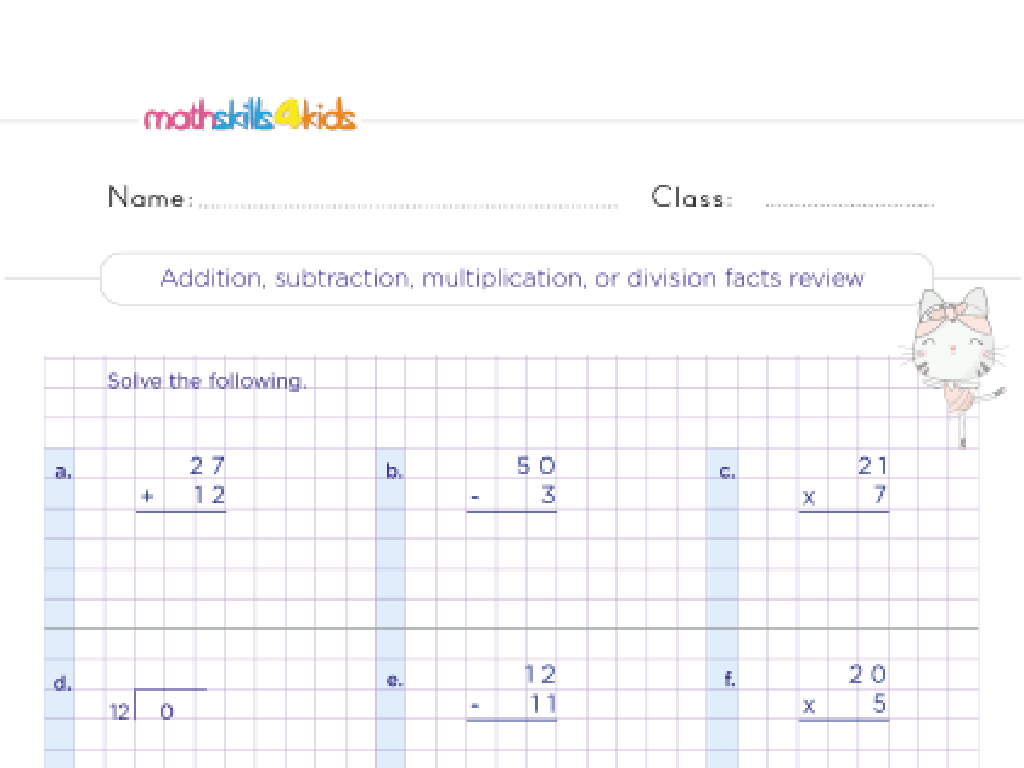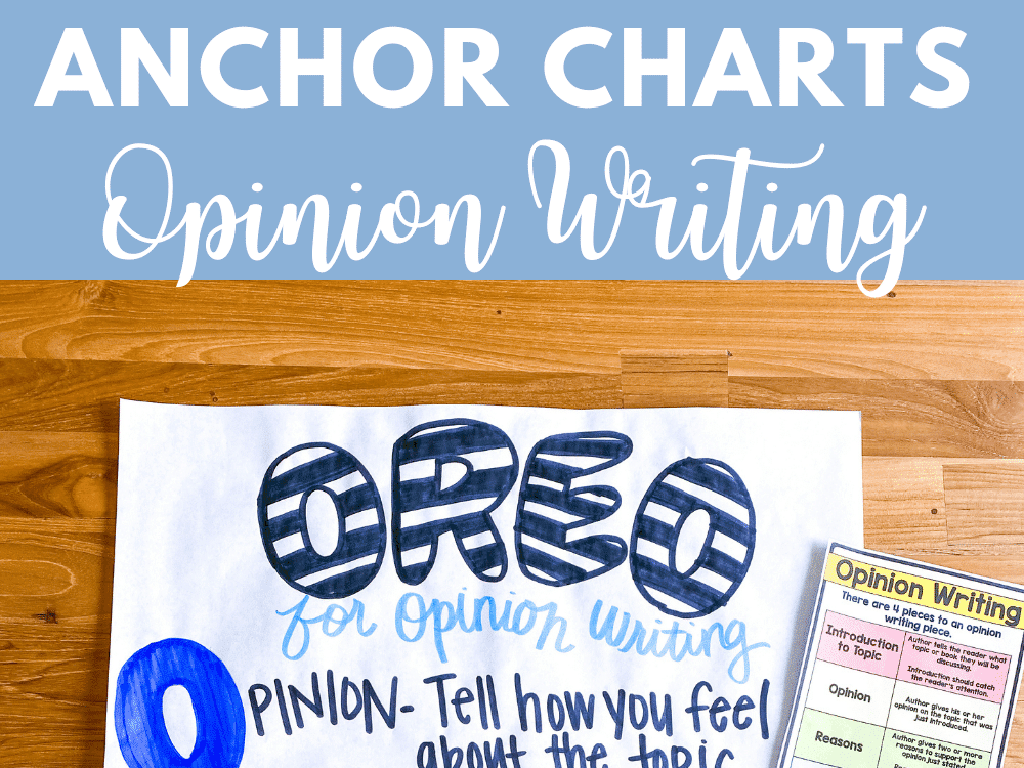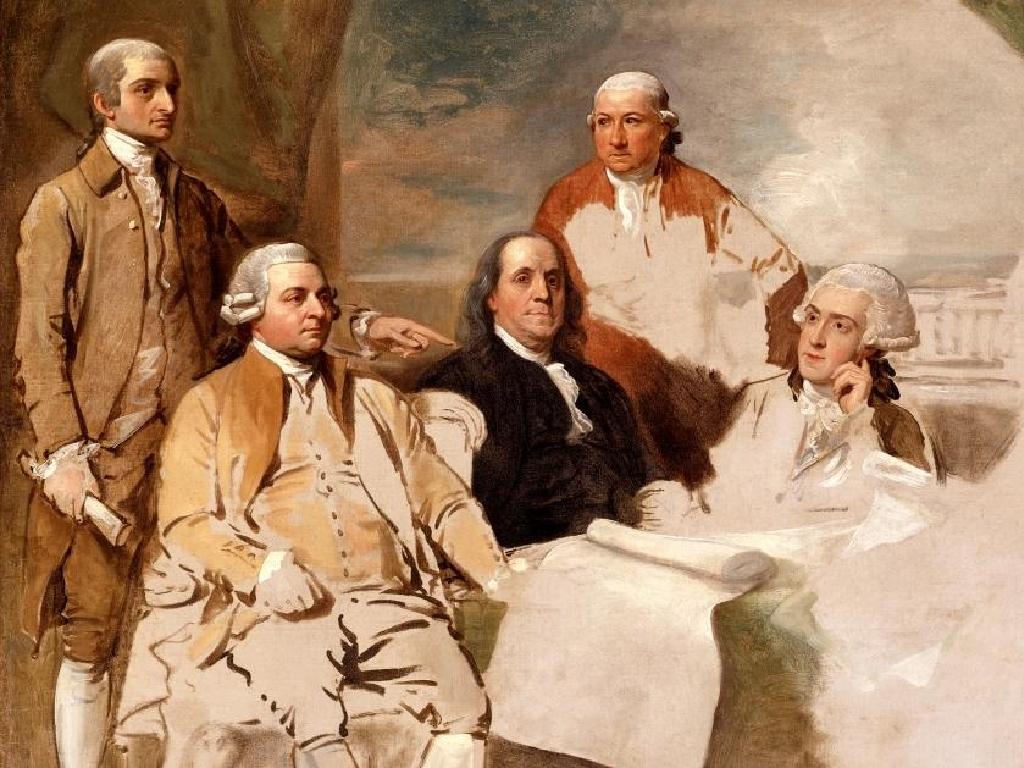Identify The Author'S Purpose
Subject: Language arts
Grade: Eighth grade
Topic: Author'S Purpose And Tone
Please LOG IN to download the presentation. Access is available to registered users only.
View More Content
Understanding Author’s Purpose
– Why do authors write?
– The three main purposes
– Inform: to provide facts, Persuade: to convince, Entertain: to amuse
– How purpose affects comprehension
– Recognizing purpose helps readers grasp deeper meaning
– Activity: Identifying purpose
– Analyze passages to determine the author’s intent
|
This slide introduces the concept of author’s purpose, which is a fundamental element in reading comprehension. Understanding why an author has written a text can provide insight into the text’s meaning and structure. The three main purposes are to inform, persuade, and entertain, each serving a distinct function. Informative texts provide information, persuasive texts aim to convince the reader of a particular viewpoint, and entertaining texts are designed to amuse or engage the audience. By identifying the author’s purpose, students can better understand and interpret the text. The activity involves analyzing different passages to determine the author’s intent, which will help students practice and reinforce their understanding of the concept. Encourage students to think critically about the texts they read and to look for clues that signal the author’s primary purpose.
Understanding Author’s Purpose
– Define Author’s Purpose
– Why the author wrote the text: to Persuade, Inform, or Entertain
– Explore the PIE Strategy
– PIE: Persuasive text argues a point, Informative text provides facts, Entertainment text amuses
– Examples: Persuade, Inform, Entertain
– Ads persuade, textbooks inform, novels entertain
– Analyzing purpose in texts
|
The goal of this slide is to introduce students to the concept of author’s purpose and how it shapes the writing. Begin by defining author’s purpose and explaining that understanding it helps readers interpret texts more effectively. Introduce the PIE strategy as a simple way to categorize the author’s intent. Provide clear examples for each purpose: advertisements for persuasion, textbooks for information, and novels or comics for entertainment. Encourage students to think of additional examples and discuss how recognizing the author’s purpose can lead to a deeper understanding of the text. Instruct students to analyze texts they encounter to determine the author’s purpose, enhancing their critical reading skills.
Understanding Persuasion in Texts
– Define ‘to persuade’
– To persuade means to convince someone to believe or do something.
– Identify persuasive language
– Look for words that appeal to emotions, beliefs, or values.
– Analyze examples of persuasion
– Review and discuss texts that aim to influence readers.
– Discuss the impact of persuasive texts
|
This slide introduces the concept of persuasion as one of the author’s purposes in writing. Students will learn that to persuade is to attempt to convince the audience to adopt a certain viewpoint or take a specific action. The lesson will cover how to spot persuasive language by looking for words that aim to appeal to the reader’s emotions, beliefs, or values. Students will analyze real-world examples of persuasive texts, such as advertisements, opinion articles, or political speeches, to understand how authors use language to influence their audience. Encourage students to think critically about the effectiveness of the persuasive strategies used in the examples and to consider the impact such texts can have on their audience.
Author’s Purpose: To Inform
– Understanding ‘To Inform’
– To inform means to provide facts, teach, or update.
– Characteristics of informational texts
– They include clear headings, factual data, and logical order.
– Analyzing examples of texts
– Review and discuss features in sample texts.
– How to discern informative purpose
|
This slide aims to help students grasp the concept of the author’s purpose to inform. Begin by explaining that authors write to inform by providing facts, teaching, or updating readers on a topic. Highlight the features of informational texts, such as clear headings, factual data, and a logical order that guides the reader through the content. Use real-world examples of informational texts for students to evaluate, discussing how these features contribute to the text’s purpose. Encourage students to think critically about how they can discern an author’s intent to inform when reading various texts.
Author’s Purpose: To Entertain
– Understanding entertainment in texts
– To entertain means to amuse or engage readers.
– Traits of entertaining writing
– Entertaining texts often include humor, drama, or engaging stories.
– Exploring examples of fun texts
– Think of jokes, comics, or novels you enjoy.
– Analyzing entertainment value
– Why do these texts capture our interest? Discuss.
|
This slide aims to help students recognize when an author’s primary purpose is to entertain. Begin by explaining that entertaining texts are written to provide enjoyment. These can include elements of humor, drama, suspense, or action to keep the reader engaged. Provide students with various examples, such as comic strips, funny anecdotes, or exciting fiction, and ask them to consider what makes these texts enjoyable. Encourage students to bring in their favorite entertaining texts and share what they find amusing or engaging about them. This will help them understand how authors use different techniques to entertain and how to identify the purpose of entertainment in texts they encounter.
Identifying the Author’s Purpose
– Clues for determining purpose
– Look for keywords, tone, and structure.
– Practice with short texts
– Analyze texts to find the author’s intent.
– Discuss the importance of purpose
– Share insights on how purpose shapes reading.
|
This slide aims to guide students through the process of identifying an author’s purpose for writing a text. Start by explaining that authors write with different purposes: to inform, persuade, entertain, or explain. Teach students to look for clues such as keywords that signal intent, the tone of the writing, and how the text is structured. Provide short texts for students to practice this skill, ensuring they understand how to find the underlying reason behind a piece of writing. Finally, facilitate a group discussion to reflect on why understanding the author’s purpose is crucial for interpreting texts. This will help students appreciate how purpose influences the effectiveness of communication and enhances their critical reading skills.
Author’s Purpose in Action: Class Activity
– Review author’s purpose concepts
– Interactive group reading
– Read aloud and analyze texts together
– Identify purposes in different texts
– Look for clues: to inform, persuade, entertain, or explain
– Discuss findings as a class
– Share insights and understand different perspectives
|
This slide is designed to consolidate students’ understanding of the author’s purpose through an engaging class activity. Begin by reviewing the reasons why authors write: to inform, persuade, entertain, or explain. Organize an interactive reading session where students read various texts in groups and identify the author’s purpose for each one. Provide a diverse selection of texts (articles, advertisements, narratives, etc.) to cover different purposes. After the activity, facilitate a class discussion where students share their findings and discuss how they determined the author’s intent. This will help them to appreciate different writing styles and purposes. For the teacher: prepare a list of texts beforehand, ensure each group has a mix of abilities, and guide the discussion to ensure all students participate.
Class Activity: Author’s Purpose Scavenger Hunt
– Understand the scavenger hunt rules
– Work in groups to find varied texts
– Find texts that inform, persuade, entertain, or explain
– Identify each text’s purpose
– Use context clues to determine the author’s intent
– Share discoveries with the class
– Discuss how the purpose shapes the writing style
|
This activity is designed to engage students in a hands-on learning experience to identify the author’s purpose in different texts. Students will work in small groups to search for texts that exemplify different purposes: to inform, persuade, entertain, or explain. Once they find texts, they should use context clues to infer the author’s intent. After the scavenger hunt, each group will share their findings with the class, discussing how the identified purpose influences the tone and style of the text. For the teacher: Prepare a list of potential sources for texts, ensure students understand the types of author’s purposes, and facilitate the group discussions post-activity. Consider having different texts available in the classroom for groups to analyze if they struggle to find their own.
Wrapping Up: Author’s Purpose
– Recap: Author’s Purpose
Remember PIE: Persuade, Inform, Entertain.
– Importance of Recognizing Purpose
Understanding purpose improves comprehension and critical thinking.
– Reflect on Today’s Insights
Think about how today’s lesson can help with reading assignments.
– Class Activity Feedback
|
As we conclude today’s lesson, it’s crucial to revisit the concept of author’s purpose. Remind students of the acronym PIE (Persuade, Inform, Entertain) to help them recall the different purposes. Emphasize how recognizing an author’s purpose is key to understanding the text’s deeper meaning and enhances critical thinking skills. Encourage students to reflect on what they’ve learned today and how it applies to their reading both in and out of class. Ask for feedback on the class activity to gauge student engagement and understanding. This reflection will help solidify their learning and provide valuable insights for future lessons.

